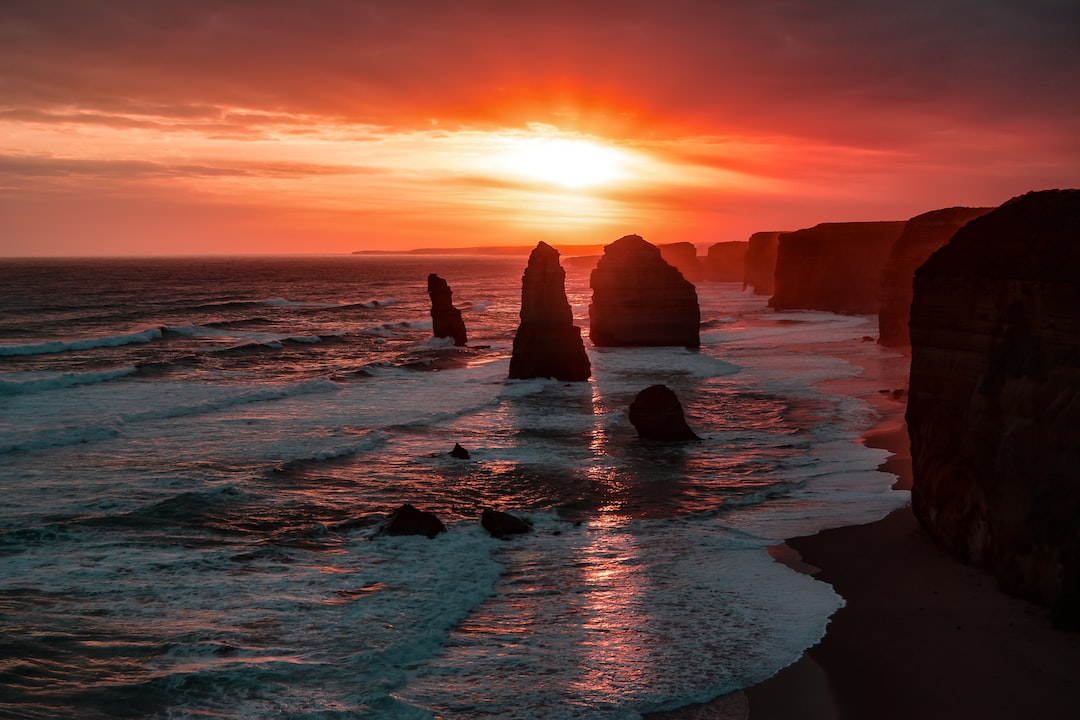The impact of light pollution
One of the main reasons why stars are difficult to see in Australia is due to the increasing problem of light pollution. As urban areas continue to grow and expand, the amount of artificial light produced also increases. This excess light interferes with our ability to see celestial objects like stars, as it creates a bright and hazy sky.
Growth of urban areas in Australia
Just like any other part of the world, Australia is experiencing rapid urbanization. Major cities like Sydney, Melbourne, and Brisbane have seen significant growth in recent years. As the population increases and cities expand, more street lights, buildings, and illuminated signs are being installed, contributing to light pollution.
The impact on stargazing
Light pollution has a direct impact on stargazing. The excess light scatters in the atmosphere and creates a phenomenon called skyglow. Skyglow makes the sky bright, even in rural areas, reducing the visibility of stars. In heavily urbanized regions, the glow from cities can completely wash out the starlight.
Australia’s unique geographical location
Australia’s geographical location also plays a role in limiting the visibility of stars. Due to its position in the southern hemisphere, the country is unable to see the full extent of the northern celestial hemisphere, where many bright stars and constellations are located.
The Southern Cross

One of the most recognizable constellations in the southern hemisphere is the Southern Cross. It is prominently visible in the night sky in Australia and serves as a navigation aid. However, the visibility of other constellations from the northern hemisphere is limited or nonexistent in Australia.
The Milky Way
Australia’s geographical location also affects the visibility of the Milky Way, the galaxy in which our solar system resides. The Milky Way is visible as a faint band stretching across the sky, but its visibility is affected by various factors, including light pollution and atmospheric conditions.
Protecting Australia’s dark skies
Efforts are being made in different parts of Australia to protect and preserve the dark skies for stargazing. Several national parks and designated dark sky reserves offer stargazing opportunities with minimal light pollution. These protected areas allow visitors to enjoy the beauty of the night sky and observe celestial objects without interference from artificial lights.
In conclusion, the inability to see stars in Australia can be primarily attributed to light pollution caused by urbanization and the country’s geographical location. However, there are still opportunities for stargazing in designated dark sky reserves and national parks, where efforts are being made to minimize light pollution and preserve the beauty of the night sky.
Neil deGrasse Tyson Explains How Many Stars You Can See In the Night Sky


